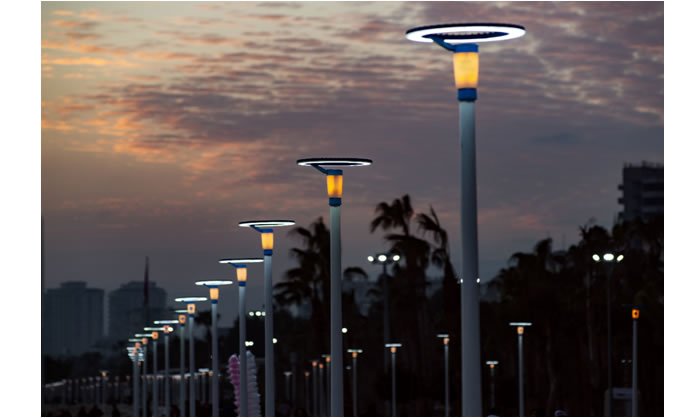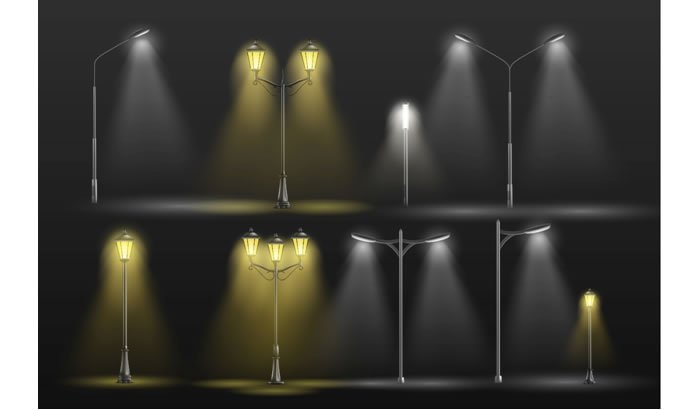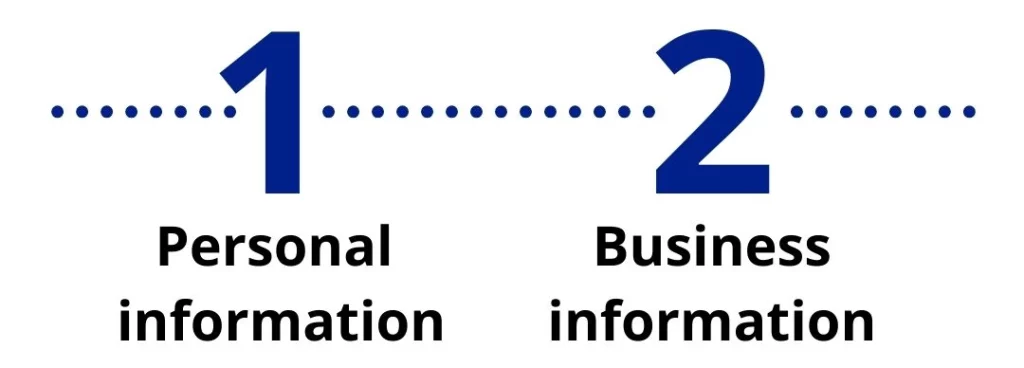The LED general lighting market has witnessed a strong recovery since the beginning of the year with an increasing demand for niche lighting. Over the last decade LEDs have transformed car headlights, Christmas lights, streetlights and more.
Streetlights generally use a lot of power and maintenance can be very time consuming. The long list of benefits of LEDs attracts municipalities and as of 2020 there were more than 46 million outdoor LED street and area lights in the U.S. with millions more globally. That number is higher at the time of this writing.
Not only are many municipalities upgrading their aging street-lighting infrastructure with energy-efficient LEDs, they are also going smart.
Smart streetlights can be remotely operated individually or by group, or they can be programed to turn on, off or dim based on pre-set definitions. These LED fixtures can be sensor-equipped smart devices that capture and transmit data in near real time. The data is sent to a central management system and a city’s lights can be monitored, alerts can be received, reports are available and energy consumption can be managed.
Smart streetlights include wireless connectivity, cloud hosting, hardware and software. They come with a control device where you can manage the lighting and work out applications such as traffic and parking solutions.
Analytics provide internal temperature and energy monitoring. You can get easy access to kilowatt hours used, even by fixture, group and time frame.
Smart street lighting is a cost-effective way to decrease energy usage and expenses. In many cases this lighting solution allows the city to connect and expand with other smart-city solutions in the future. The poles are already connected to a power source so this handles a huge part of expense.
The height of street light poles ranges from 15 to 45 feet. This is an ideal elevation and offers a ready vantage point for a whole range of sensor and camera types to collect lots of different information. Poles are usually deployed about every 200 feet and so the coverage is ideal for this.
Information can be gathered and results in city improvements like traffic management, air quality monitoring, even public safety and crime detection applications, creating a whole smart city platform.

West Springfield, Massachusetts upgraded their streetlights to smart LEDs and estimate a $300,000 per year savings that amounts to a 73% annual savings!
Providence, Rhode Island upgraded their streetlights to LED. Providence will save $3 million annually in streetlight electricity use and maintenance!
Chicago switched to LED and expects a 50% energy savings of approximately $100 million over ten years!
This is a common trend in cities that have taken the plunge. If you are part of a municipality and would like to talk about an LED smart upgrade for streetlights, give me a call. I’m happy to help.
Contact me, Jeannine Hall, at 844-277-0043 or email me at jhall@cesstaff.com.




